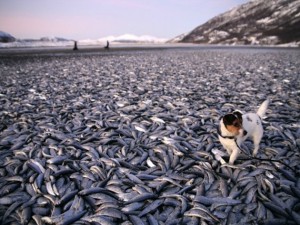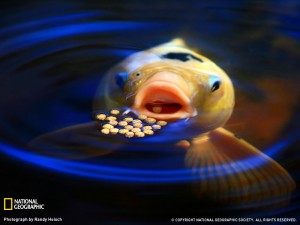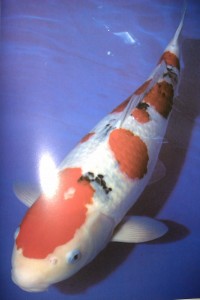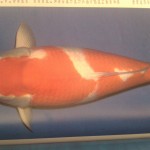When a 4 kilogram pet gourami named Gary was moved to the Sea Life London Aquarium, he went on a hunger strike and refused to eat the fruit given to him. Eventually, the aquarium staff found out why he was shunning the natural diet of a gourami Gary had been raised on Kit Kats only.
I have never heard of a fish being fed chocolate, let alone being brought up entirely on the stuff, says Gary handler, Rebecca Carter. Gouramis usually eat a diet of fruit but Gary doesn’t appear to have suffered any ill effects from his chocolate addiction. However, we would not recommend feeding fish confectionery of any kind.
The aquarium personnel is now squeezing crushed pieces of Kit Kat into grapes in an effort to change Garys diet.
Fish being fed strange or simply suboptimal food by their keepers is unfortunately very common. Even well-intentioned fish keepers sometimes fail to realize that the various fish species in the world have developed to fit into different ecological niches and a diet that is perfect for one species might be highly unsuitable for another. However, keeping fish on a chocolate coated wafer diet is probably quite unusual.
Another problem is of course people getting fish without making the effort to find out how large the little juveniles they see in the fish shop may grow as fully mature adults.
Many people don’t do the right research when they buy fish and end up unable to care for them, says Carter. Catfish are a good example and we have a number here that outgrew their homes. We simply do not have the space to accommodate the vast number of re-homing requests we receive.
Facts
- Gourami are freshwater fish belonging to the family Osphronemidae. Currently, there are roughly 90 described species divided into four subfamilies and about 15 genera. The most famous gourami species is arguably Betta splendens, the Siamese fighting fish. Gourami is native to Asia where they are found from Pakistan to the Malay Archipelago and Korea.
- Kit Kat is a chocolate coated wafer confection produced by Nestlé and The Hersey Company. Each bar consists of fingers that can be snapped from the bar one at a time. Each finger is made up of three layers of wafer and an outer layer of chocolate. Kit Kat was invented at Rowntree’s, a confectionery company based in York, UK.





